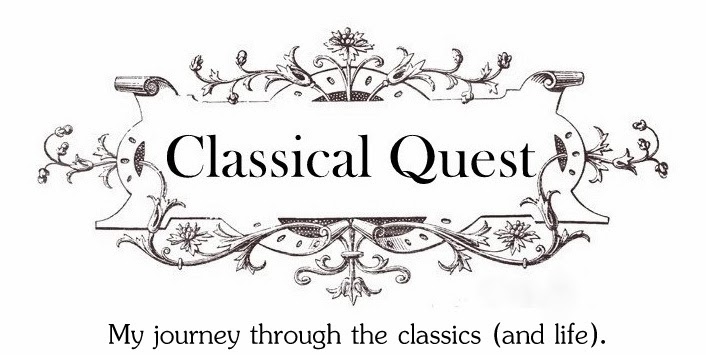A view of the Rankin House through a bullet hole in the sign.
During the years before the Civil War, the Rankin Family aided over 2,000 fugitive African Americans whom they sent toward freedom in Canada. Their home, perched high above the town, is visible from Front Street. For desperate souls in need of refuge, it became a "lighthouse for freedom".
| One Hundred Steps to Freedom |
Harriet Beecher Stowe made several visits to the Rankin House, where she listened to first hand accounts of the Rankins' experience as conductors on the Underground Railroad. One particular story inspired a critical scene in Stowe's incendiary novel, Uncle Tom's Cabin. Stowe constructed the character of "Eliza" from what the Rankins told her about a real woman. The same tale is now inscribed upon a plaque by the river:
In the winter of 1838 a slave woman and her baby began their journey to freedom. To avoid capture in Kentucky she crossed the ice floes in the Ohio River to the safety of the Ripley shore...From Ripley, the real Eliza climbed Liberty Hill to the Rankin House taking the One Hundred Steps to Freedom, which are still accessible today.
| Runaways entered through the kitchen door, on the right. |
| Once they were safe inside, fugitives could at last breathe a sigh of relief. |
| Guests were greeted with a welcoming fire and food. |
This doll was hand sewn by a local resident, recently deceased. At one time, her "Eliza" dolls were for sale. The last one now graces the mantel.
|
Portrait of Rev. John Rankin: Presbyterian minister, loving husband, father of thirteen children, and conductor to freedom for thousands.
| Proof I was really there! |
| The Rankins did not have a piano in their home. This one was constructed in town at the "Ohio Valley Piano Company". |
| Reverend Rankin's Bible, published in 1793
Viewing Rev. Rankin's Bible was the highlight of my journey. I think it could safely be assumed: this was the Book that made the man.
|
My house has been the door of freedom to many human beings, but while there was a hazard of life and property, there was much happiness in giving safety to the trembling fugitives. They were all children of God by creation and some of them I believe were redeemed by the blood of the Lamb. ~ Reverend John Rankin
| Reverend Rankin's inkwell |
| Wallpaper from the 1800s |
| Tucked into a corner, I discovered the familiar image of one of the Rankins' most famous guests, Harriet Beecher Stowe. |
In my next post, we'll go upstairs, where runaway slaves were sometimes hidden.
First post in this series: Road Trip to Ripley: Front Street
More on Harriet Beecher Stowe: How Did She Do It?
Other posts on Uncle Tom's Cabin: The Power of Love & My Soundtrack for Uncle Tom's Cabin
